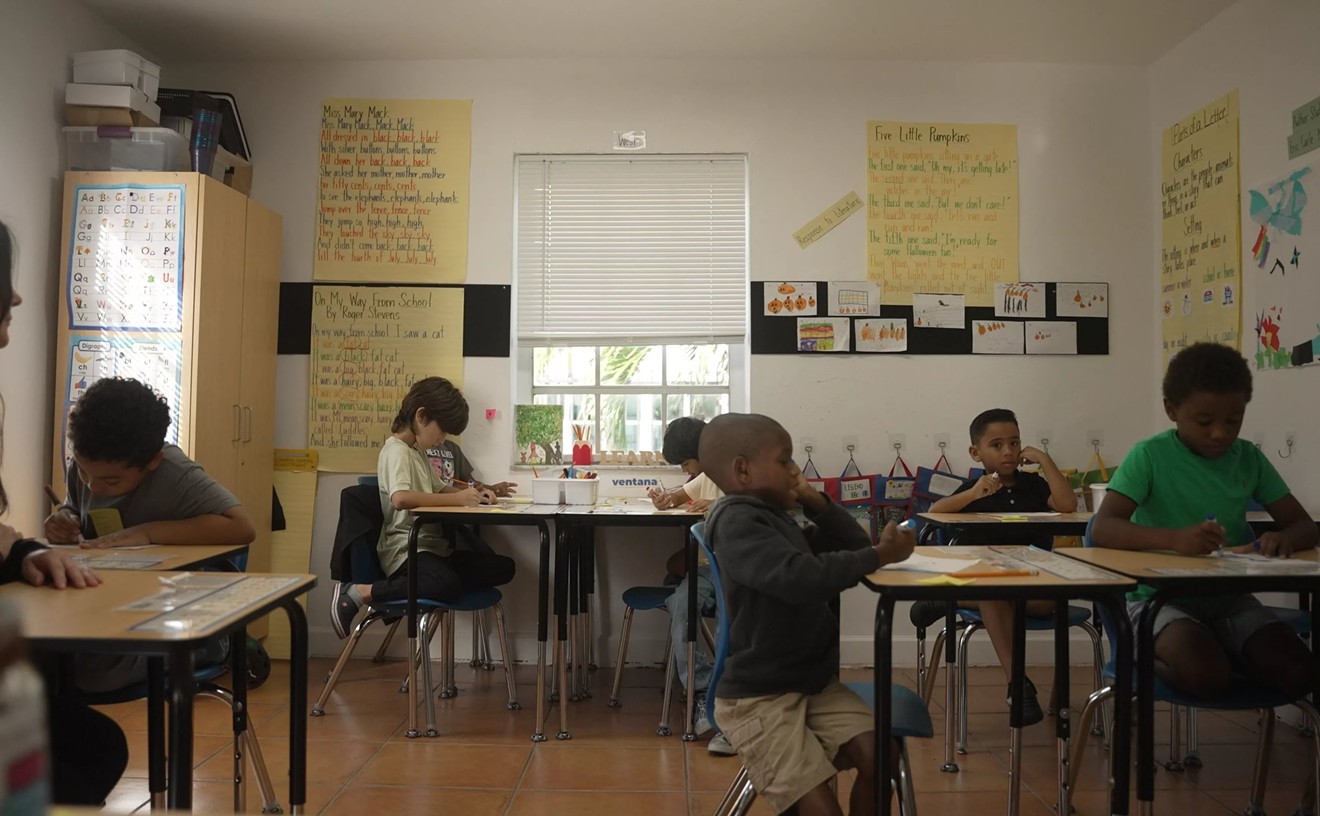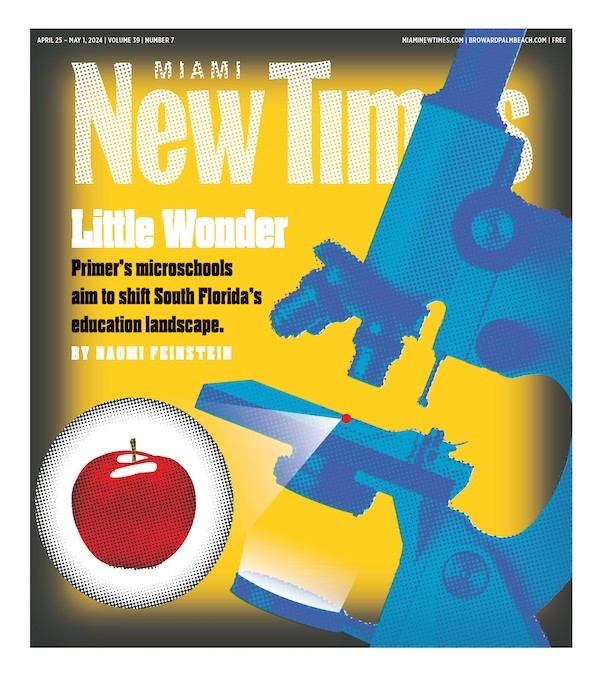The Miami Seaquarium's orca, Lolita, who has been crammed inside what is the smallest whale tank in North American for the past 40 years, is the closest she's ever been to being set free and reunited with her family. Back in January, the National Marine Fisheries Service announced that it was seeking public comment as to whether the orca should be included in the Endangered Species Act listing of Southern Resident killer whales.
Southern Resident killer whales were classified as endangered in 2005, and since Lolita, who is 50 years old, falls into that category, that would mean she would have to be set free and put back in Puget Sound with the rest of her family, which includes her 85-year-old mother.
All public comments are to be received prior to this Friday, March 28.
See also: SeaWorld Refuses to Admit Blackfish Had Impact on Attendance Dip
Loilta was captured from the Southern Resident population in 1970, when she was taken from the Puget Sound L-pod to the Miami Seaquarium to perform tricks for food.
The Puget Sound L-pod, which is Lolita's family, has all been under protection since '05. Lolita, meanwhile, remains not only the last surviving whale from that pod in captivity but is also cramped in a very small tank living a solitary life. The tank she lives in is just 35 feet wide and 80 feet across, which is below standards of keeping captive killer whales in tanks that are at least 48 feet all the way around.
Lolita's onetime orca companion, Hugo, died of a brain aneurysm in 1980 after he smashed his head against the tank.
Lolita has been kept in good health, in spite of this. She's fed regularly, and the team at the Miami Seaquarium has been diligent in making sure she's healthy and active. Still, the smallness of the tank and the fact that she has little to no shade make for poor conditions, animal activists have said.
Some would question removing Lolita from her current environment after all these years. But Dr. Naomi Rose, a marine mammal scientist at the Animal Welfare Institute, told Take Part that the orca remains relatively healthy enough that moving her wouldn't present a risk to the animal.
Moreover, in 1995, Lolita was allowed to listen to a recording of L-pod calls that a television crew had brought in. Lolita reportedly responded quickly and seemed interested in the recordings. She even called back at the recorder. Miami Seaquarium officials forced the television crew to leave.
See also: Blackfish Filmmakers Challenge SeaWorld to Debate
But now Lolita is as close as ever to rejoining L-pod, and the National Marine Fisheries Service has said it is soliciting all the information it can get to make a proper ruling:
We accepted the petition to include Lolita in the Southern Resident killer whale DPS on April 29, 2013, initiating a public comment period and a status review. Based on our review of the petition, public comments, and the best available scientific information, we find that amending the regulatory language to remove the exclusion for captive whales from the Southern Resident Killer whale DPS is warranted. We are soliciting scientific and commercial information pertaining to the proposed rule.
With just a couple of days remaining, the comments are as important as ever to those who want to see Lolita freed from captivity.
Of course, even if the National Marine Fisheries Service approves the ruling, it doesn't necessarily guarantee Lolita's freedom. No doubt the Seaquarium will likely resist freeing the orca at all costs. Much like SeaWorld and its recent public black eye brought on by the film Blackfish, the Miami Seaquarium relies on the orca to bring people into their park.
Still, the ripple effects from Blackfish are not only shining a light on orca captivity on SeaWorld but it has also gotten a foothold on the Miami Seaquarium.
Send your story tips to the author, Chris Joseph.
Follow Chris Joseph on Twitter
Follow @NewTimesBroward











